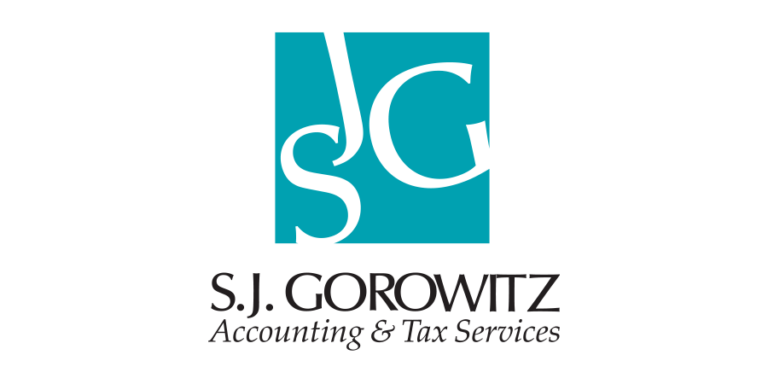
Remember the old “suggestions box?”
Input from all levels of the company drives success by bringing ideas and opportunities to the forefront that otherwise would not be considered. Including everyone in the suggestion loop promotes comradery, encourages ownership in the process and rewards good ideas and follow-thru with recognition.
When we onboard a new team member we ask them to begin taking notes and making lists of processes where they see an opportunity for improvement – either from their experience working for a prior employer, something they may have learned at a seminar or gems picked from an article they may have recently read.
Similarly, you should ask your employees to consider not only business processes but also technology, value added service opportunities and other recommendations. You should invite them to look for ideas that save time, save money, enhance overall appearance, reduce potential errors and add to the bottom line.
When you encourage all team members to keep lists and to contribute, it creates a culture of inclusiveness, one where they get heard and you, as the business owner, reap the results.
Keep the list in whatever system works best for you and them. (Of course, at SJG we use spreadsheets!) Your system needs to be an easily organized repository that can be shared and discussed later. Individual contributors then gather ideas in the normal course of their workday, capturing ideas as it relates to the provision of products or services to clients throughout the year.
- Contributions should NOT be presented as complaints lest your regular review sessions turn into a “B” session.
- Contributions should take into consideration the business’s limited resources of time and money, and incorporate cost/benefit analysis where possible.
- Contributions should be added to the repository one at a time, as they are thought of, as opposed to setting deadlines for creating contributions or requiring a quota which will simply force ideas that aren’t of good quality.
How do you organize ideas?
The decision about how best to organize your ideas and employee contributions should be based upon your organization and industry. You may elect to organize them by functional area, procedural process, service area, or simply by department, for example:
By Functional Area:
Administrative
Customer Communications
Employee Benefits
Information Technology
Human Resources
Office Management
Technical Process related to Industry
Vendor Management
By Department:
Accounts Receivable
Accounts Payable
Inventory Management
Marketing
Sales
Don’t get stymied trying to construct too much organization or capturing every possible idea the first time. What’s important is to get started identifying opportunities for improvement.
In our next installment, we will discuss how to prioritize ideas to push forward initiatives and begin experiencing the benefits of implementing operational efficiencies in your organization.
























